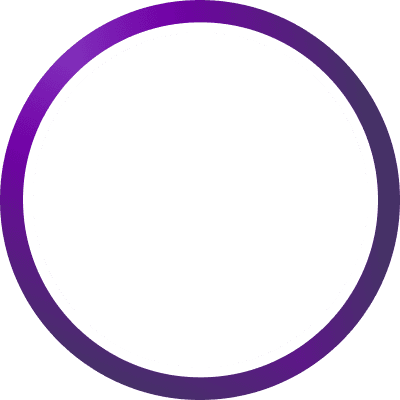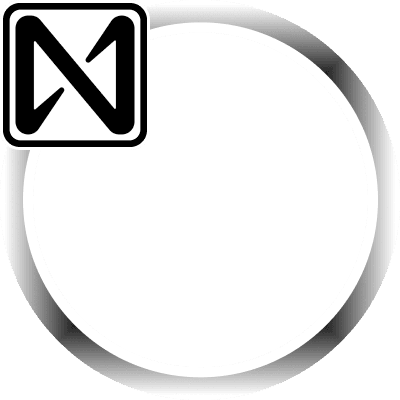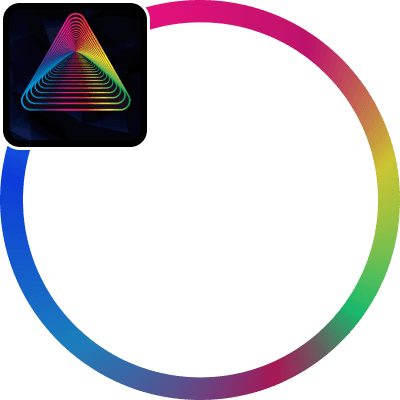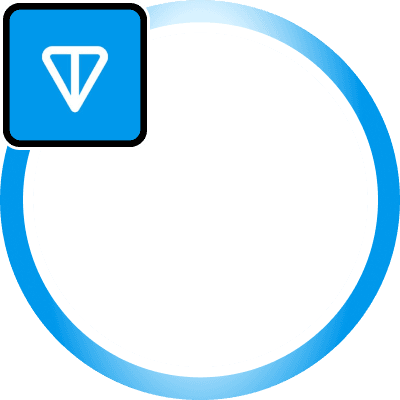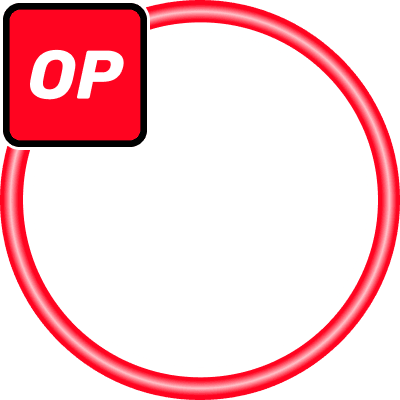At Regen Network, our community’s goal is to build foundational fintech infrastructure for ecological claims and data. This means serving as the ‘Layer 0’ upon which other projects and protocols may build upon and harness to execute their own climate-focused business models.
Regen Network was born from the realization that existing economic systems fail to consider or incentivize ecological well-being. By merging blockchain technology with ecology, Regen Network presents a new approach to addressing critical environmental challenges. The platform aims to revolutionize how society values and recognizes ecological stewardship.
HISTORY
Regen Ledger successfully launched in April of 2021, establishing Regen Network as the ecological asset origination system of the Cosmos ecosystem. Since then, there have been four major upgrades to the chain, enabling the eventual creation of Regen Marketplace.
Regen Marketplace officially launched in September of 2022 and offered an initial listing of Urban Forest Carbon Credits. In March of 2023, Nature Carbon Ton (NCT) launched, allowing for liquidity pools on Osmosis. REGEN:NCT and NCT:OSMO pools launched after allowing for open trade of NCT on the Osmosis platform. The NCT token is backed 1:1 with ecocredits on Regen Marketplace.
FEATURES
Underneath the functionality of Regen Marketplace and the NCT token are the Regen Ledger modules developed by Regen Network Development, PBC. The Ecocredit Module enables the creation and management of credit types, credit classes and projects, as well as the issuance, transferring and retirement of ecosystem service credits, eg: carbon credits, biodiversity credits, soil health credits, etc. Combined with the Marketplace Submodule and the Data Module, users can buy and sell ecocredits in an on-chain marketplace.
The Basket Submodule allows for credits to be added to a virtual basket in exchange for fungible tokens, which can then be traded on an exchange like Osmosis. Anytime, token holders can exchange their tokens for one of the underlying ecocredits.
To enable initial basket liquidity, developers at RND collaborated with a team at Toucan Protocol for a cross-chain carbon credit bridge. In its current iteration, NCT eligible ecocredits can be bridged from Polygon to Regen Ledger and back. However, in the future this bridge could enable credits originating on Regen Ledger to be sold on Polygon compatible dApps.
TOKEN
$REGEN is the token native to Regen Network’s blockchain. It is heavily influenced by the design of the Cosmos’ native token, $ATOM , but adapted for the use of ecological data and outcome markets.
Through inflationary rewards, which fluctuate from 10-30% pending market trends, $REGEN is used to reward validators and delegators engaged with Regen Network. It is with the token that community members submit and vote on governance proposals.
Tokens were originally distributed between four categories: sale allocation, Community DAOs & Foundation allocation, the Regen Network team & community, and liquidity.
GOVERNANCE
Anyone staking $REGEN is eligible to vote on and submit proposals. Proposals, including the process that leads up to the vote itself, are used to make changes to code & procedure, utilize Community Spend funds, elect community members to upgraded roles, and generally find consensus on questions facing the network.
On-going Regen Network governance is being used to discuss new tokenomic structures and the governance process itself.
CONCLUSION
Regen Network is a robust community of scientists, land stewards, blockchain developers, network validators, and earth & blockchain enthusiasts. So far, over half a million credits have been retired on Regen Ledger. With over 2 million carbon and biodiversity credits expected to be issued in 2023 from the Regen Registry, along with more than 15 million hectares of land under ecological regeneration, the Regen Network community is just getting started in making a real-world climate impact possible.

